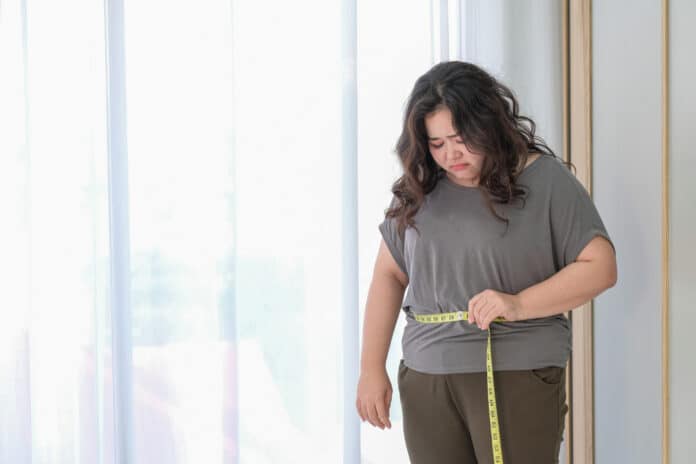Obesity significantly affects fertility, but evidence linking abdominal obesity to female infertility is limited. Prior research on BMI and infertility has yielded inconclusive results. Waist circumference (WC), a measure of central obesity, is easily assessed and linked to various health outcomes.
This study investigates the potential connection between WC and infertility in U.S. women of childbearing age, using data from the National Health and Nutrition Examination Survey (NHANES).
The study included 3,239 female participants aged 18–45 years. To investigate the standalone association between waist circumference (WC) and female infertility, scientists employed weighted multivariable logistic regression and performed smoothed curve fitting. Subsequently, interaction and subgroup analyses were conducted as part of the secondary analysis.
Waist circumference (WC) is positively associated with female infertility, independent of BMI and other factors. In the fully adjusted model, a 1cm increase in WC correlated with a 3% higher risk of infertility. When WC was categorized into five groups, those in the highest quintile had a 2.64 times greater risk of infertility than those in the lowest quintile.
The relationship between WC and female infertility was non-linear, with a positively dose-dependent trend. Notably, participants with moderate recreational activities exhibited an inverted U-shaped relationship, with a turning point at 113.5 cm. Meanwhile, those with deficient recreational activities showed a J-shaped relationship, with a turning point at 103 cm.
Scientists noted, “Our study showed the protective effect of moderate recreational activities against the risk of infertility associated with WC, especially when WC was bigger than 113.5 cm.”
A prior study revealed that engaging in moderate to high levels of physical activity can substantially reduce the risk of infertility, establishing it as a shared protective factor. A prospective cohort study involving 3,628 Danish women found a slight positive correlation between moderate physical activity and fertility, independent of BMI.
Additionally, there was an inverse association between vigorous physical activity and time to pregnancy in all subgroups of women, except for overweight and obese individuals. These findings suggest that both moderate and vigorous physical activity may enhance fertility, particularly in overweight and obese women.
Scientists noted, “Our results supported that moderate recreational activity can reduce the risk of infertility associated with increased waist circumference, but insufficient or vigorous recreational activity may impair conception.”
“Effective waist circumference management strategies and moderate recreational activities are required to reduce the risk of abdominal obesity and improve reproductive health.”
Journal Reference:
- Ke J, Feng Y, Chen Z (2023) Association between waist circumference and female infertility in the United States. PLoS ONE 18(12): e0295360. DOI: 10.1371/journal.pone.0295360
